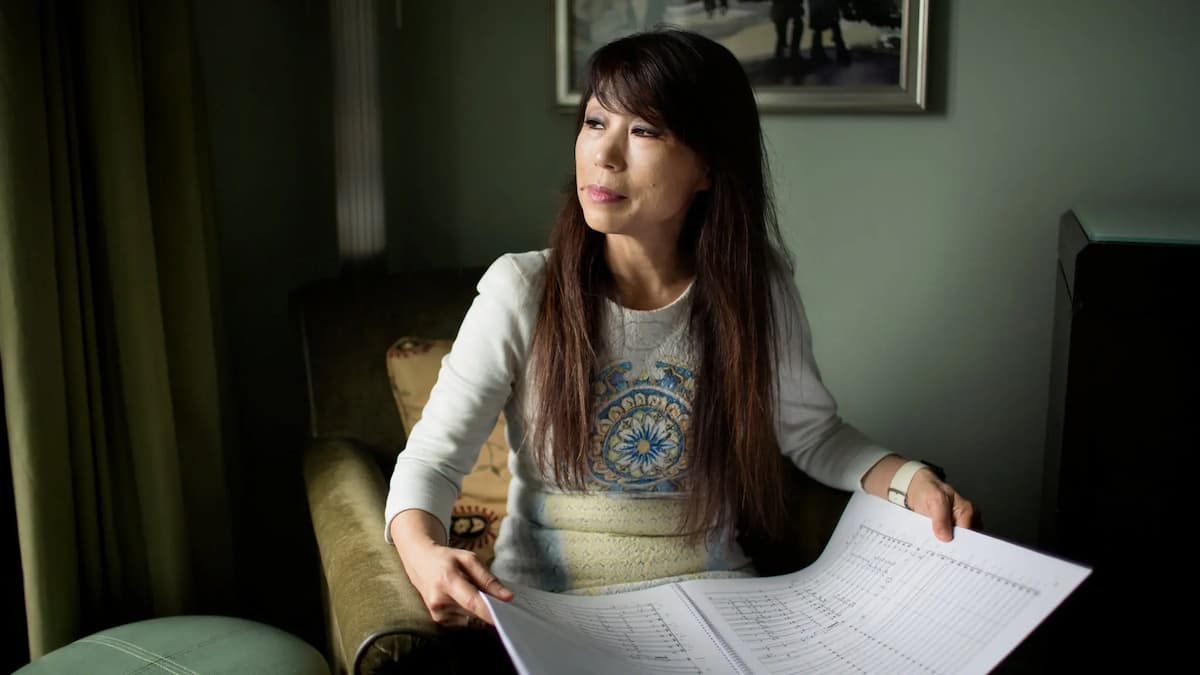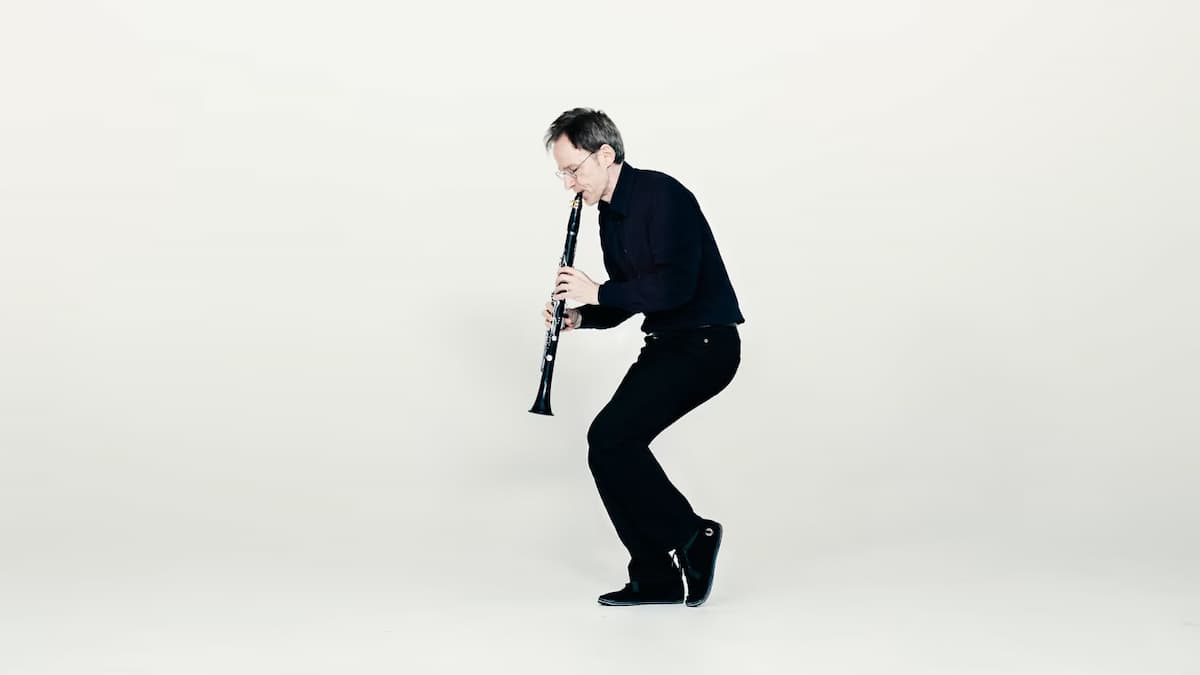Few composers have made such a mark on the world of modern music as Unsuk Chin. Born in South Korea, she studied in Seoul and Hamburg and is currently based in Berlin. Her music has been performed by prominent orchestras all over the world and features a highly distinctive sound world which has earned her prestigious awards and accolades including the Grawemeyer Award, and the Arnold Schoenberg, Wihuri Sibelius, and Kravis Prizes.

Unsuk Chin © Julie Glassberg for The New York Times
Chin uses novel and original orchestration to create sounds and atmospheres that are quite unlike anything you may have heard before. Your ear is constantly kept guessing about what is coming next, and I find that each time I re-listen to one of her works, I pick up on completely different sounds every time.
New to the world of Unsuk Chin? Here are some pieces to get you started:
Piano Études (1995/2003)
The idea of the ear catching new and different textures doesn’t just apply to Chin’s orchestral music; listen through to her Études for solo piano several times and you’ll find ever-new sounds and lines emerging, like the sun glistening and bouncing off the sea.
Like much of Chin’s music, her Études are incredibly technically demanding. The fifth movement of this set, the Toccata, trips along, opening in a seemingly innocent C major which then quickly begins to dip and dive to distant harmonic lands.
This movement, like all the others, may seem challenging to listen to on the surface, but the delight here is to be found in the sense of playfulness: the feeling that, no matter how complex or outrageous the material, there is always an underlying sense of cheekiness and fun which never disappears, much like the music of Ligeti, with whom Chin studied when in Hamburg.
Unsuk Chin: Piano Etude No. 5, “Toccata” (Clare Hammond, piano)
Cello Concerto (2008/2013)
Chin’s Cello Concerto was premiered by Alban Gerhardt and is regarded as a cornerstone of the contemporary cello repertoire. Its ambitious scope in both solo and orchestral writing has earned it a spot as one of the iconic cello concertos of the 21st century.
The best way to start with the Cello Concerto is simply to dive straight in. Heart-aching melodies are juxtaposed against glacial, menacing textures, and throughout the first movement, the soloist seems to be flitting between outpourings of expression and introspective brooding. Listen out for the haunting chorale of cellos and double basses towards the end of this movement.
The second and third movements couldn’t be more different from each other. The second is a frantic scherzo, rapid scales cascading over each other right until the end. The third is a beguiling, haunting tapestry of sounds that bleed into each other and underpin a wildly expressive solo cello line.
The final movement seems to tie all the disparate threads of the piece together – violent outbursts pitted against moments of intense melancholy and introversion. The end of the concerto is marked by the soloist climbing ever higher, becoming almost just a whistle, underpinned by rumblings of double basses and low percussion.
Unsuk Chin: Cello Concerto (Alban Gerhardt, cello; Seoul Philharmonic Orchestra; Myung-Whun Chung, cond.)
Clarinet Concerto (2014)

Kari Kriikku © Kaapo Kamu
Premiered by clarinet superstar Kari Kriikku in 2014, this showpiece for clarinet and orchestra pushes both to their limits. Chin wanted to escape the traditional opposition of soloist and orchestra in her Clarinet Concerto and, in her own words, was more interested in creating a virtual ‘super instrument’.
This is apparent right from the opening of the piece, where string harmonics and the orchestral clarinets expand upon the soloist’s harmonically rich material.
The middle movement, Hymnos, opens with meditative multiphonics, and this chorale-like texture builds to a tortured climax halfway through the movement. Hymnos ends with the orchestral clarinets echoing the opening chords while the soloist floats up into the stratosphere and evaporates into a wisp of smoke.
The final movement, Improvisation on a Groove, emerges slowly out of the fog of Hymnos. Clarinet tremolos are interrupted by a soft whizzing sound – a fishing reel rolled by a percussionist – and from here the music becomes increasingly capricious and frantic.
Here even more than in the other movements the soloist’s material is thrown around the rest of the orchestra; embellished, echoed, and imitated by different instrumental groups in rapid succession. The frenetic energy builds and builds and reaches a point where the music becomes too much for itself; like a wave crashing on the shore, the momentum rushes out of the ‘super instrument’ and the soloist and orchestra are left breaking up into ever-tinier fragments, until both fizzle out completely.
For more of the best in classical music, sign up to our E-Newsletter




